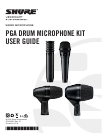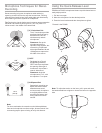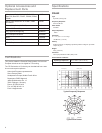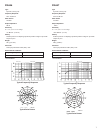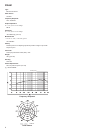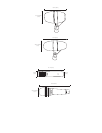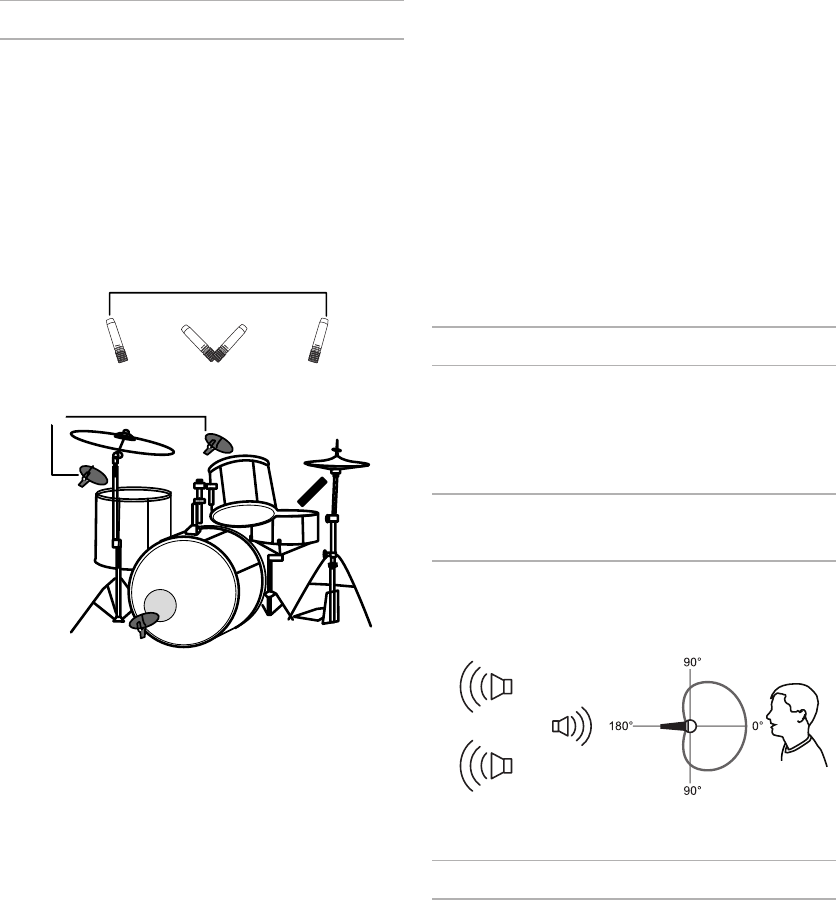
4
Avoiding Pickup of Unwanted Sound
Sources
Place the microphone so that unwanted sound sources, such as
monitors and loudspeakers, are directly behind it. To minimize
feedback and ensure optimum rejection of unwanted sound,
always test microphone placement before a performance.
MONITOR
P.A. LOUDSPEAKER
Recommended Loudspeaker Locations for Cardioid
Microphones
Setting up Drum Microphones
Before you begin, review these fundamental concepts to get the
best possible results:
Tuning: Before recording a drum kit, make sure the drums are
tuned. A well-tuned kit significantly improves the sound quality for
recording and live sound reinforcement. It also makes mixing and
signal processing easier, faster, and more effective.
Placement: Use the proximity effect to your advantage when
increased bass is desired. Small changes in microphone
placement (distance and angle) strongly impact the sound
characteristics. If time permits, experiment with various
microphone positions to achieve the preferred sound.
①
②
④
③
X-Y position
Spaced pair position
① Kick (PGA52)
- Place the microphone in front of the resonant kick drum
head.
- If there is a hole in the head, place the microphone inside
for better isolation. Removing the resonant head and
placing the microphone closer the beater head provides
increased attack.
- To reduce the sustain and overtones for a focused attack,
try using a pillow inside the kick drum.
② Snare (PGA57)
- Place the microphone 1-4 inches above the drum, near the
rim.
- Point towards the center of the head to capture more stick
attack, or closer the edge to capture more overtones.
- Aim the microphone with the rear side pointed towards the
hi-hat to reduce the amount of cymbal in the snare drum
signal.
③ Toms (PGA56)
- Place the microphone 1-4 inches above the drum, near the
rim.
- Use the included AP56DM drum mounts to attach the
PGA56 onto the drum. The microphone can also be
mounted on a standard 5/8" microphone stand.
- Point towards the center of the head for a deeper sound, or
closer the edge to capture more overtones.
④ Overheads (PGA81)
Overhead microphones capture cymbals and an overall
stereo image of the drums. Refer to the stereo microphone
techniques section for details.
Overhead microphone tips:
- Pan one microphone to the left and the other to the right on
a mixer or in recording software to create a stereo image
- The farther the left and right signals are panned, the wider
it will sound
- Overheads can be panned from the audience or drummer's
perspective, depending on preference. Pan the toms to
match the overhead panning for an accurate stereo sound.
- Other stereo drum recording techniques to learn about
include the Glyn Johns method, Recorderman, and
Mid-Side.
- Additional information on recording drums and microphone
techniques is available at shure.com
Proximity Effect
Directional microphones progressively boost bass frequencies as
the microphone is placed in closer proximity to the source. This
phenomenon, known as proximity effect, can be used to create a
warmer, more powerful sound.
Phantom Power
All condenser microphones require phantom power to operate.
This microphone performs best with a 48 V DC supply (IEC-
61938), but it can operate with lower voltages.
Phantom power is provided by the mixer or audio interface
that the microphone is connected to, and requires the use of a
balanced microphone cable: XLR-to-XLR or XLR-to-TRS. In
most cases, there is a switch or button to activate the phantom
power. See the user guide for the mixer or interface for additional
information.
NOTE: Applies to PGA81 condenser microphones only.
Supplying phantom power to the other included microphones will
not cause damage.



